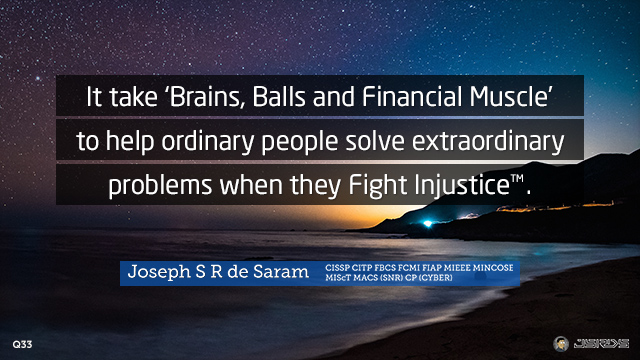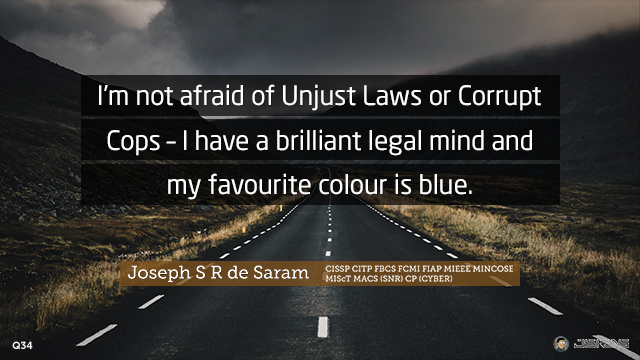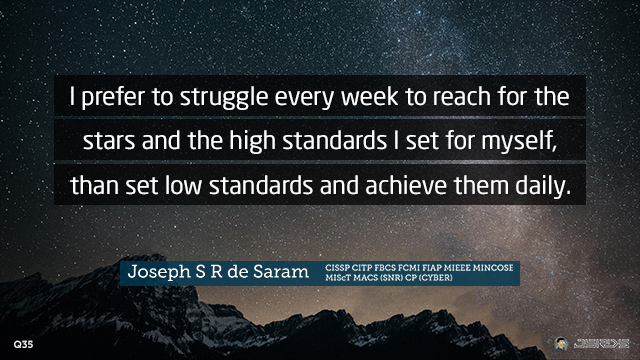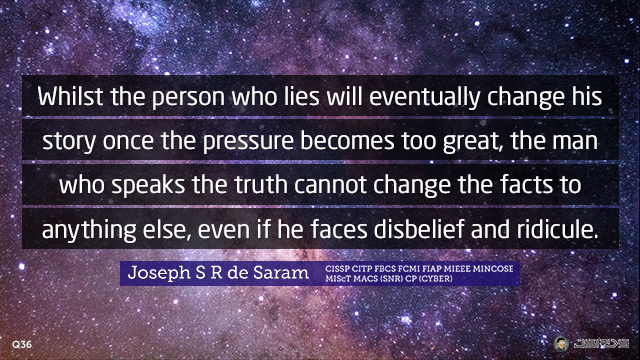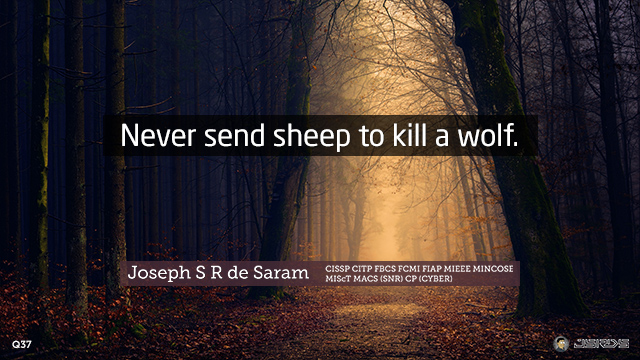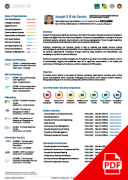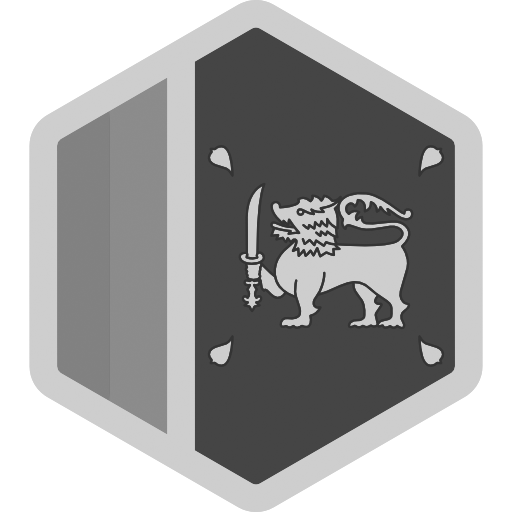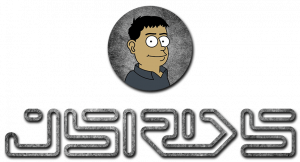
ABOUT JOE
A Computer Scientist with expansive conceptual abilities in Information Security.
Joseph S R de Saram has significant expertise in the fields of Information Security Architecture, Intelligence Analysis and Digital Forensics. Areas of specialisation include the conceptualisation and design of wide area distributed systems, strong cryptographics and advanced neural networks.
Proven thought leadership, business development and technical mindset have evolved over thirty years, and Joseph is regarded highly by his peers within the realms of information security and law enforcement.
Tenacious, proficient and focussed, Joseph is able to optimise and greatly enhance existing methodologies by his extremely rapid assimilation of new material and modification of structured procedures. He achieves organisational competency through enforcing tough deadlines and rationalisation, concurrently commanding respect from co-workers when striving for optimum efficiency.
Joseph’s successful management of clandestine operations from design to delivery in terms of confidentiality, integrity and availability have led to significant improvements in the quality and performance of Intelligence, Surveillance, and Reconnaissance (C4ISR) aspects.
Objective
Strong engineering acumen must be a prerequisite, with few limits to remuneration.
Joseph S R de Saram CISSP CITP FBCS FCMI FIAP MIEEE MINCOSE MIScT MACS (SNR) CP (CYBER)
Information Security Architect ● אדריכל אבטחת מידע ● 信息安全建築師 ● Архитектор информационной безопасности ● مهندس أمن المعلومات
Transient routing problems may be experienced for the next two weeks or so as configurations are finalised…
Country-Specific sites:
QUOTES
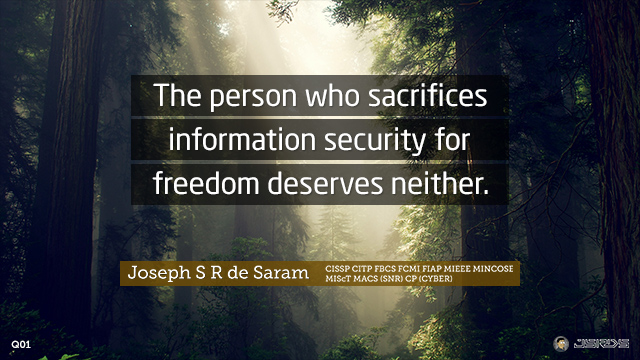

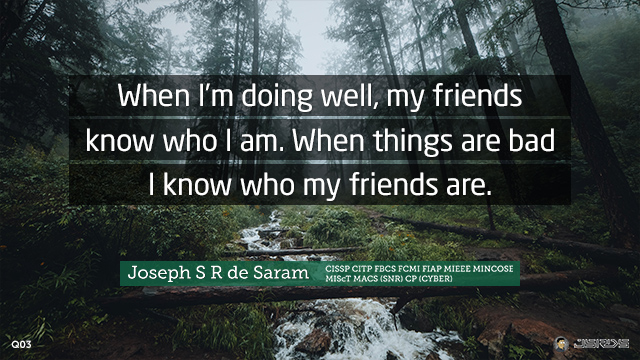
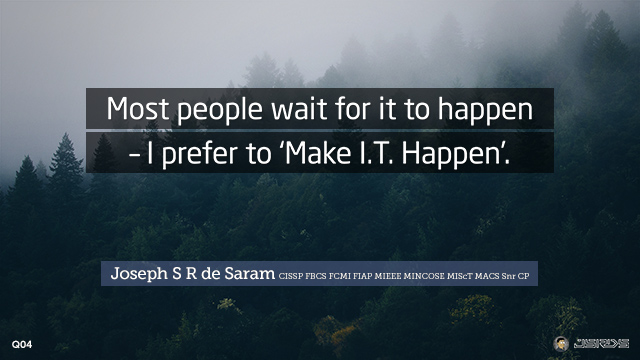
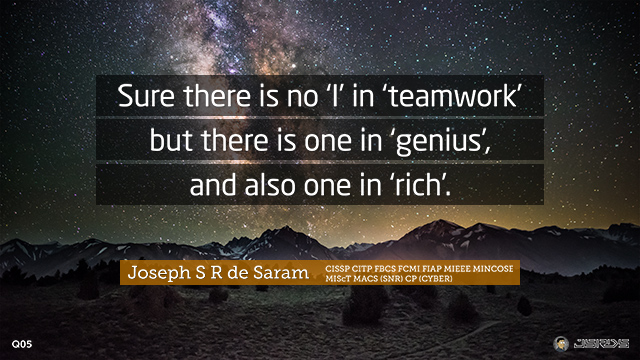

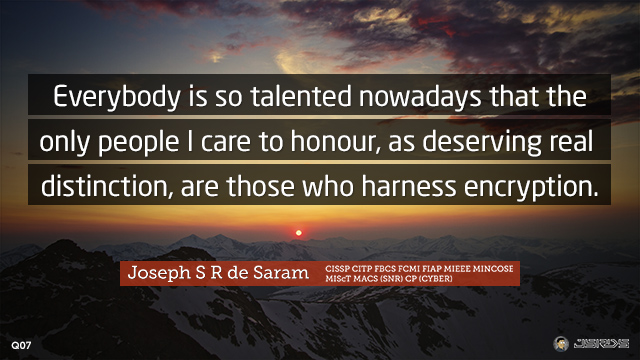
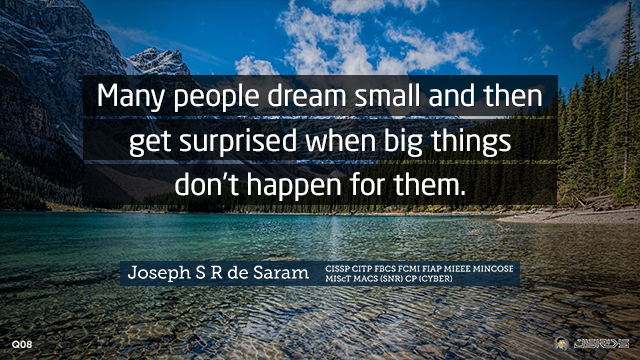
INFORMATION SECURITY

Cryptography
Theory

Banking and Financial
Systems

Network Operations
Security

P2P Payment
Authentication

Cryptographically
Secure PRNGs

Key Exchange
Mechanisms

Applied
Cryptography

Secure Distributed
Architectures

Assurance via
Non Repudiation

Multidimensional
Obfuscation

Advanced Neural
Networks

Computational
Infeasibility

Biometric
Authentication

Application
Security

Disaster Recovery
BCP

Financial Network
Security

Law and Forensic
Investigation
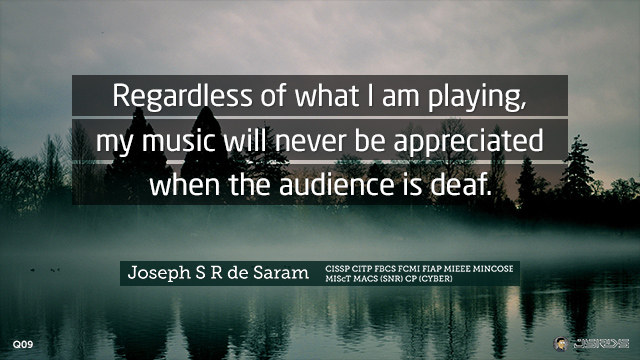
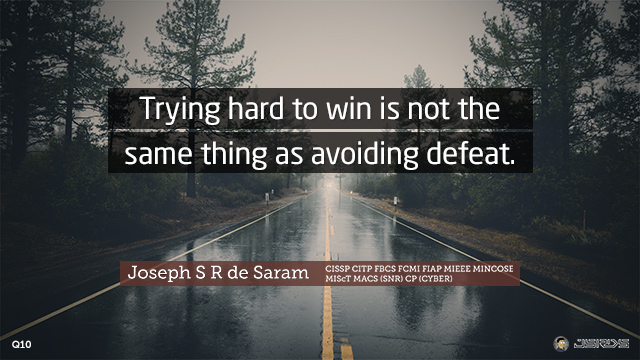

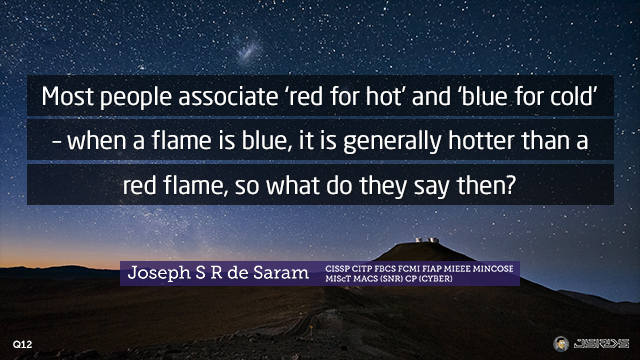
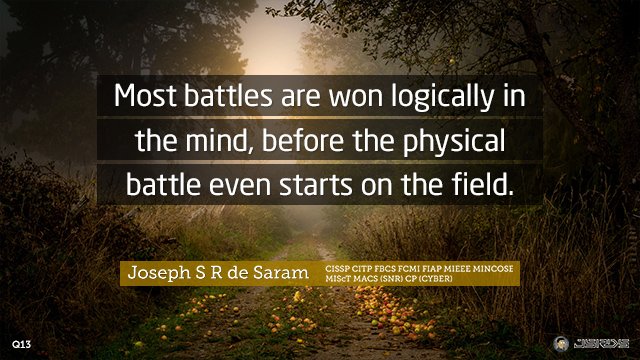
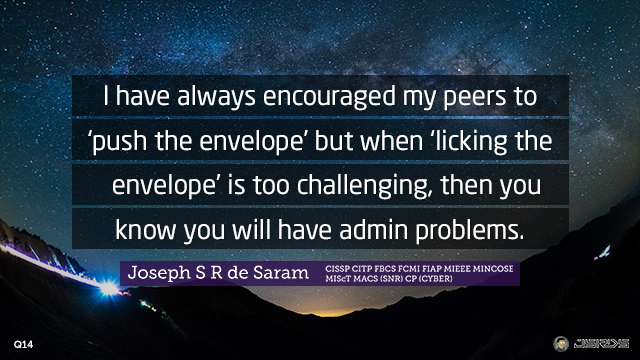
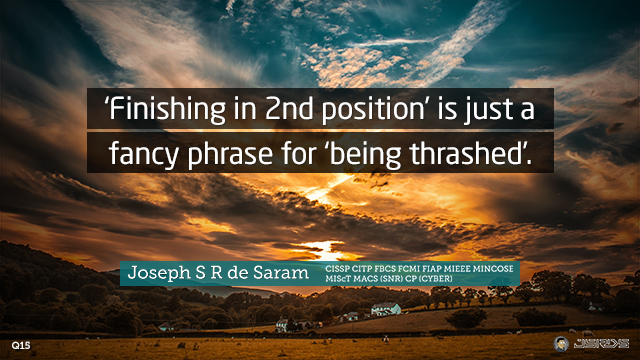
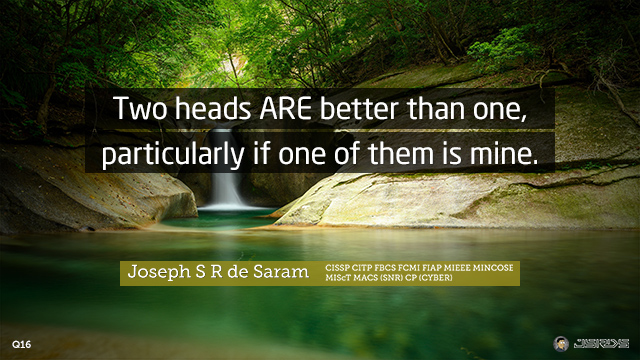
CORE INFORMATION SECURITY COMPETENCE
Cryptography
Enforcement
Architectures
Obfuscation
Security
Networks
Infeasibility
INFOSEC OVERVIEW
- Communication and Network Security (1993-2023)
- Security Architecture and Engineering (1993-2023)
- Identity and Access Management (1994-2023)
- Security and Risk Management (1995-2023)
- Security Operations (1993-2023)
- Asset Security (1993-2023)
- Security Assessment and Testing (1995-2023)
- Software Development Security (1996-2023)
INFORMATION ARCHITECTURE
- Security Operations Architecture (1993-2023)
- Security Architecture Modeling (1993-2023)
- Identity and Access Management Architecture (1994-2023)
- Architect for Governance, Compliance and Risk (1993-2023)
- Infrastructure Security Architecture (1993-2023)
- Architect for Application Security (1996-2023)
PROJECT MANAGEMENT
- Threat Intelligence and Incident Management (1993-2023)
- Contingency Management (1993-2023)
- Leadership and Business Management (1995-2023)
- Risk Management (1993-2023)
- Law, Ethics and Security Compliance (1994-2023)
- Systems Lifecycle Management (1995-2023)
SYSTEMS ENGINEERING
- Systems Security Engineering Foundations (1993-2023)
- Secure Operations, Management and Disposal (1993-2023)
- Systems Implementation, Verification and Validation (1993-2023)
- Risk Management (1993-2023)
- Security Planning and Design (1993-2023)
CLOUD SECURITY
- Cloud Concepts, Architecture and Design (2011-2023)
- Cloud Platform and Infrastructure Security (2011-2023)
- Security Operations (2011-2023)
- Application Security (2011-2023)
- Data Security (2011-2023)
- Legal, Risk and Compliance (2011-2023)
GOVERNANCE RISK AND COMPLIANCE
- Information Security Risk Management Programme (2012-2023)
- Selection and Approval of Security and Privacy (2012-2023)
- Authorisation / Approval of Information Systems (2012-2023)
- Scope of the Information System (2012-2023)
- Assessment / Audit of Security and Privacy (2012-2023)
- Continuous Monitoring (2012-2023)
SECURE SOFTWARE LIFECYCLE
- Secure Software Concepts (2009-2023)
- Secure Software Design (2007-2023)
- Secure Software Testing (2008-2023)
- Deployment, Operations and Maintenance (2008-2023)
- Secure Software Requirements (2008-2023)
- Software Implementation and Programming (2007-2023)
- Secure Lifecycle Management (2007-2023)
- Supply Chain and Software Acquisition (2010-2023)

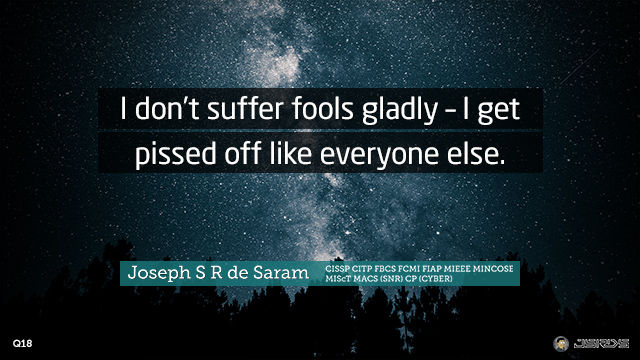
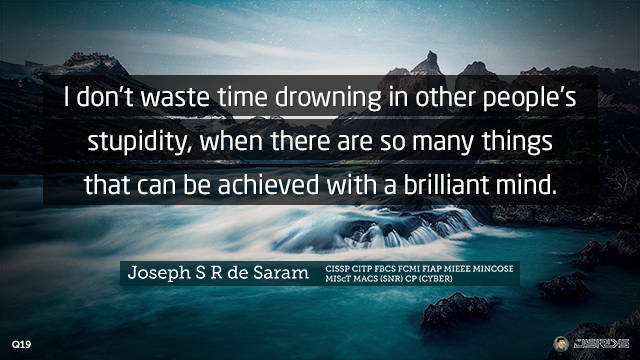
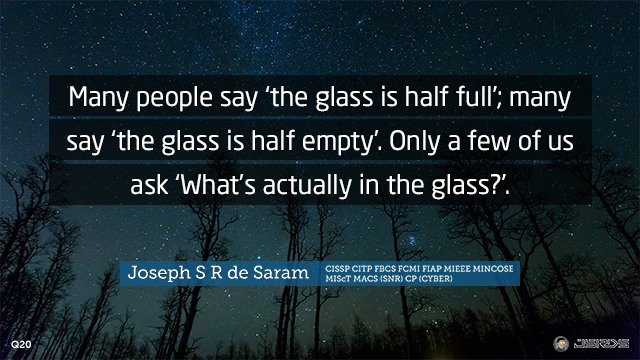

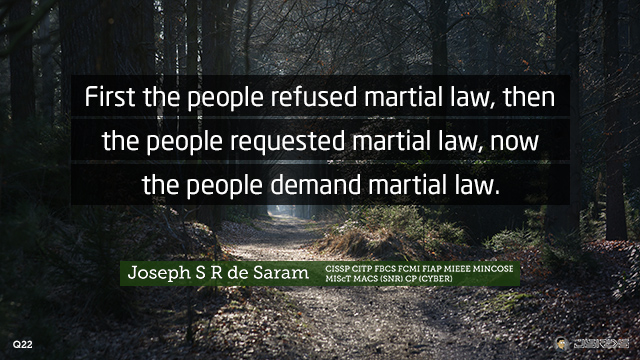
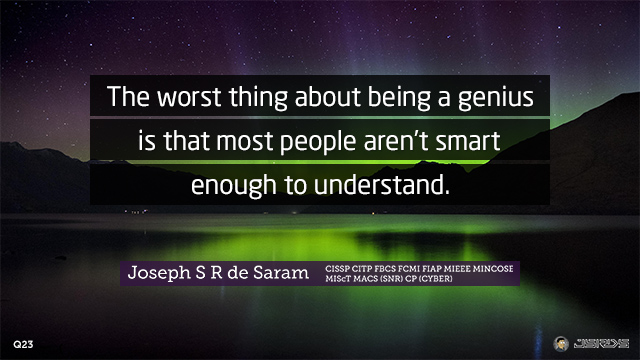
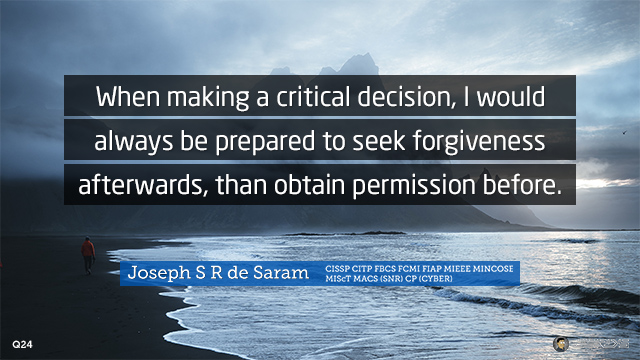
SFIA 8 INFOTECH EXPERIENCE
SFIA describes skills and competencies required by professionals in roles involved in information and communication technologies, digital transformation and software engineering. SFIA was formally launched in 2000 and its provenance can be traced back to the 1980s and a number of collaborative skills and competency projects. These led to the SFIA Framework and the formation of the SFIA Foundation which has become an international not-for-profit organisation that now brings together the global community to develop and maintain the SFIA Framework for the benefit of all.
SFIA has become the globally accepted common language for the skills and competencies related to information and communication technologies, digital transformation and software engineering.SFIA remains a collaboration – it has been regularly updated through a global open consultation process. People with real practical experience of developing and managing skills/competencies in corporate, public sector and educational environments from all around the world, contribute to ensuring SFIA remains relevant and true. It is built by industry and business for industry and business.
It is these components that set SFIA apart from other frameworks and has resulted in its adoption by governments, corporates and individuals in almost 200 countries. Its unique and ongoing success can also be attributed to:
STRATEGY AND ARCHITECTURE
Strategy and Planning
ITPS
5 | 6 | 7 |
|---|
STPL
5 | 6 | 7 |
|---|
EMRG
4 | 5 | 6 |
|---|
INVA
4 | 5 | 6 |
|---|
SUST
4 | 5 | 6 |
|---|
ISCO
6 | 7 |
|---|
ARCH
4 | 5 | 6 |
|---|
RSCH
2 | 3 | 4 | 5 | 6 |
|---|
FMIT
4 | 5 | 6 |
|---|
COPL
2 | 3 | 4 | 5 | 6 |
|---|
IRMG
4 | 5 | 6 | 7 |
|---|
INOV
5 | 6 | 7 |
|---|
DEMM
5 | 6 |
|---|
MEAS
3 | 4 | 5 | 6 |
|---|
Security and privacy
SCTY
3 | 4 | 5 | 6 | 7 |
|---|
VURE
3 | 4 | 5 | 6 |
|---|
INAS
3 | 4 | 5 | 6 | 7 |
|---|
THIN
2 | 3 | 4 | 5 | 6 |
|---|
PEDP
5 | 6 |
|---|
Governance, risk and compliance
GOVN
6 | 7 |
|---|
QUMG
3 | 4 | 5 | 6 | 7 |
|---|
BURM
3 | 4 | 5 | 6 | 7 |
|---|
QUAS
3 | 4 | 5 | 6 |
|---|
AUDT
3 | 4 | 5 | 6 | 7 |
|---|
Advice and guidance
CNSL
4 | 5 | 6 | 7 |
|---|
TECH
4 | 5 | 6 |
|---|
METL
3 | 4 | 5 | 6 |
|---|
CHANGE & TRANSFORMATION
CHANGE IMPLEMENTATION
POMG
5 | 6 | 7 |
|---|
PROF
2 | 3 | 4 | 5 | 6 |
|---|
PGMG
6 | 7 |
|---|
PRMG
4 | 5 | 6 | 7 |
|---|
Change analysis
BUSA
3 | 4 | 5 | 6 |
|---|
BSMO
2 | 3 | 4 | 5 | 6 |
|---|
FEAS
3 | 4 | 5 | 6 |
|---|
BPTS
2 | 3 | 4 | 5 | 6 |
|---|
REQM
2 | 3 | 4 | 5 | 6 |
|---|
Change planning
BPRE
5 | 6 | 7 |
|---|
CIPM
3 | 4 | 5 | 6 |
|---|
OCDV
5 | 6 | 7 |
|---|
BENM
5 | 6 |
|---|
ORDI
4 | 5 | 6 | 7 |
|---|
DEVELOPMENT AND IMPLEMENTATION
SYSTEMS DEVELOPMENT
PROD
3 | 4 | 5 | 6 |
|---|
DESN
3 | 4 | 5 | 6 |
|---|
HWDE
3 | 4 | 5 | 6 |
|---|
TEST
1 | 2 | 3 | 4 | 5 | 6 |
|---|
SFAS
4 | 5 | 6 |
|---|
DLMG
5 | 6 | 7 |
|---|
SWDN
2 | 3 | 4 | 5 | 6 |
|---|
PROG
2 | 3 | 4 | 5 | 6 |
|---|
RESD
2 | 3 | 4 | 5 | 6 |
|---|
RFEN
2 | 3 | 4 | 5 | 6 |
|---|
SLEN
4 | 5 | 6 | 7 |
|---|
NTDS
3 | 4 | 5 | 6 |
|---|
SINT
2 | 3 | 4 | 5 | 6 |
|---|
SFEN
3 | 4 | 5 | 6 |
|---|
ADEV
3 | 4 | 5 | 6 |
|---|
Data and analytics
DATM
4 | 5 | 6 |
|---|
DESN
2 | 3 | 4 | 5 | 6 |
|---|
MLNG
2 | 3 | 4 | 5 | 6 |
|---|
DTAN
2 | 3 | 4 | 5 |
|---|
DBAD
2 | 3 | 4 | 5 |
|---|
BINT
2 | 3 | 4 | 5 |
|---|
DBDS
3 | 4 | 5 |
|---|
DATS
2 | 3 | 4 | 5 | 6 | 7 |
|---|
VISL
3 | 4 | 5 |
|---|
User experience
URCH
3 | 4 | 5 | 6 |
|---|
USEV
2 | 3 | 4 | 5 | 6 |
|---|
UNAN
3 | 4 | 5 |
|---|
HCEV
3 | 4 | 5 | 6 |
|---|
Content management
INCA
1 | 2 | 3 | 4 | 5 | 6 |
|---|
ICPM
1 | 2 | 3 | 4 | 5 | 6 |
|---|
KNOW
2 | 3 | 4 | 5 | 6 | 7 |
|---|
Computational science
SCMO
4 | 5 | 6 | 7 |
|---|
NUAN
4 | 5 | 6 | 7 |
|---|
HPCC
4 | 5 | 6 | 7 |
|---|
DELIVERY AND OPERATION
Technology management
ITMG
5 | 6 | 7 |
|---|
SYSP
3 | 4 | 5 |
|---|
CFMG
2 | 3 | 4 | 5 | 6 |
|---|
DCMA
2 | 3 | 4 | 5 | 6 |
|---|
ASUP
2 | 3 | 4 | 5 |
|---|
NTAS
2 | 3 | 4 | 5 |
|---|
RELM
3 | 4 | 5 | 6 |
|---|
ITOP
1 | 2 | 3 | 4 | 5 |
|---|
HSIN
1 | 2 | 3 | 4 | 5 |
|---|
STMG
3 | 4 | 5 | 6 |
|---|
Service management
SLMO
2 | 3 | 4 | 5 | 6 | 7 |
|---|
CPMG
4 | 5 | 6 |
|---|
CHMG
2 | 3 | 4 | 5 | 6 |
|---|
SCMG
3 | 4 | 5 |
|---|
USUP
2 | 3 | 4 | 5 | 6 |
|---|
ASMG
2 | 3 | 4 | 5 | 6 |
|---|
AVMT
4 | 5 | 6 |
|---|
PBMG
3 | 4 | 5 |
|---|
SEAC
4 | 5 | 6 |
|---|
SERVICE OPERATION
SCAD
1 | 2 | 3 | 4 | 5 | 6 |
|---|
PENT
3 | 4 | 5 | 6 |
|---|
VUAS
2 | 3 | 4 | 5 |
|---|
DGFS
3 | 4 | 5 | 6 |
|---|
People and skills
People management
PEMT
4 | 5 | 6 |
|---|
PDSV
4 | 5 | 6 |
|---|
EEXP
4 | 5 | 6 |
|---|
WFPL
4 | 5 | 6 |
|---|
OFCL
4 | 5 | 6 |
|---|
RESC
3 | 4 | 5 | 6 |
|---|
Skills management
ETMG
3 | 4 | 5 | 6 | 7 |
|---|
LEDA
3 | 4 | 5 | 6 |
|---|
SUBF
4 | 5 | 6 | 7 |
|---|
TMCR
3 | 4 | 5 |
|---|
CSOP
2 | 3 | 4 | 5 | 6 |
|---|
ETDL
2 | 3 | 4 | 5 |
|---|
TEAC
2 | 3 | 4 | 5 | 6 | 7 |
|---|
RELATIONSHIPS AND ENGAGEMENT
STAKEHOLDER MANAGEMENT
SORC
2 | 3 | 4 | 5 | 6 | 7 |
|---|
RLMT
4 | 5 | 6 | 7 |
|---|
SUPP
2 | 3 | 4 | 5 | 6 | 7 |
|---|
CSMG
1 | 2 | 3 | 4 | 5 | 6 |
|---|
ITCM
3 | 4 | 5 | 6 | 7 |
|---|
ADMN
1 | 2 | 3 | 4 | 5 | 6 |
|---|
SALES AND MARKETING
MKTG
2 | 3 | 4 | 5 | 6 |
|---|
SALE
3 | 4 | 5 | 6 |
|---|
SSUP
1 | 2 | 3 | 4 | 5 | 6 |
|---|
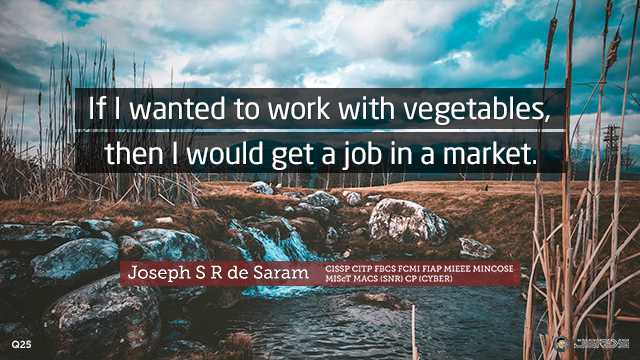
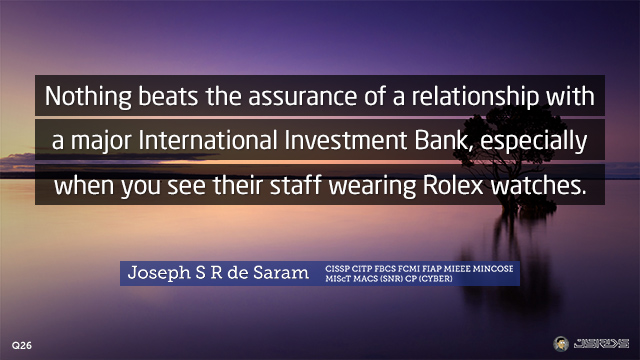
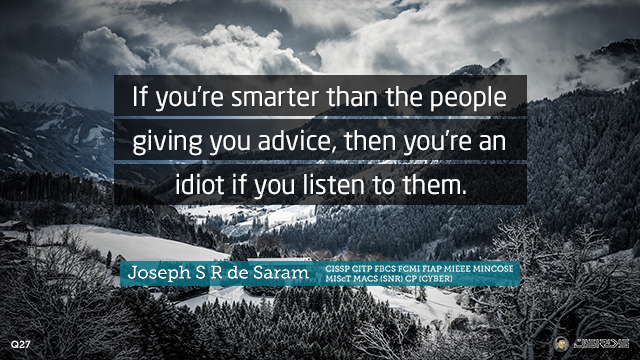
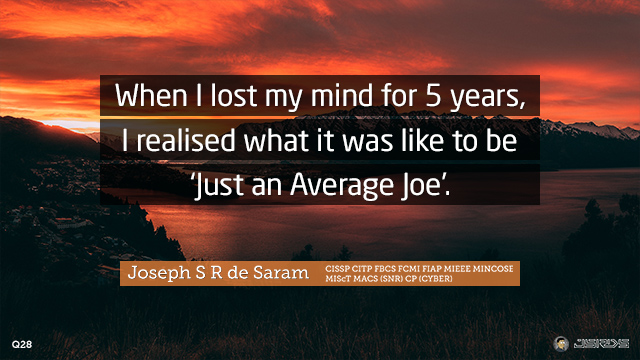
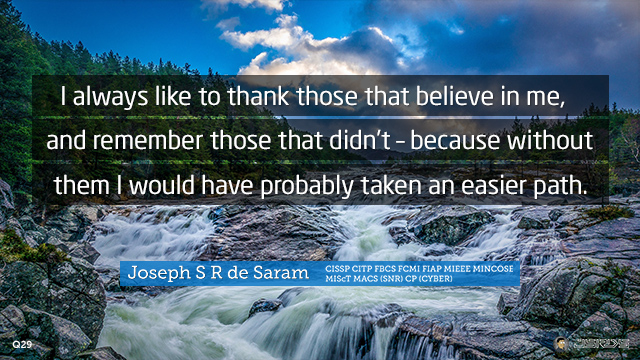
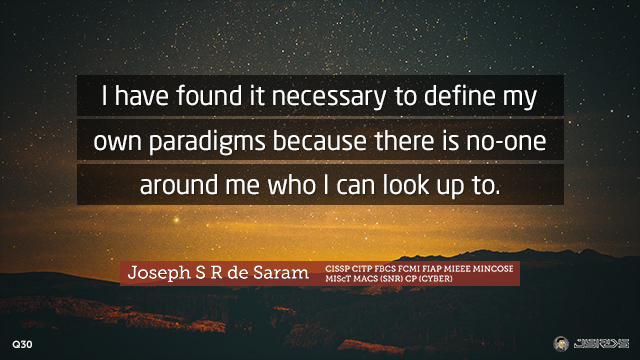
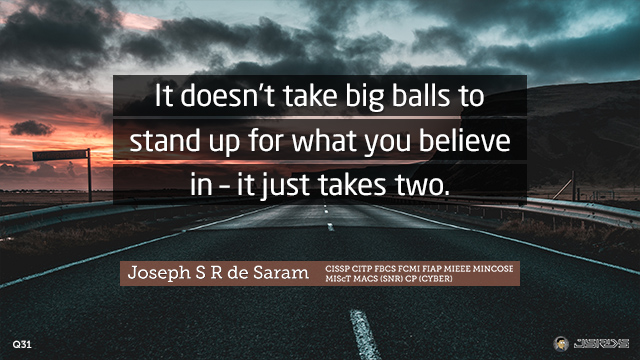
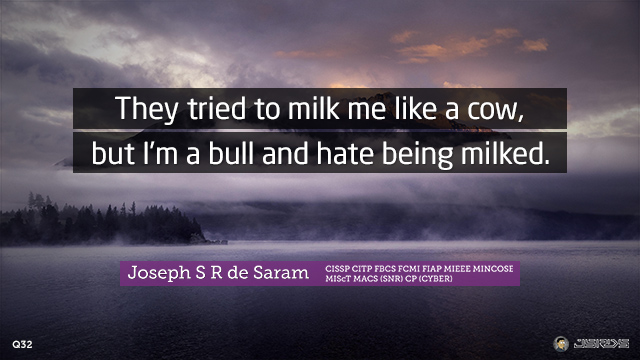
OTHER INFOTECH EXPERIENCE
DESKTOP OS EXPERIENCE
32y 00m (384m)
10y 03m (123m)
18y 11m (227m)
23y 10m (286m)
26y 04m (316m)
10y 00m (120m)
14y 07m (175m)
09y 09m (117m)
PROGRAMMING LANGUAGE EXPERIENCE
17y 11m (215m)
08y 10m (106m)
08y 10m (106m)
03y 08m (44m)
23y 10m (286m)
08y 09m (105m)
03y 09m (45m)
MOBILE OS EXPERIENCE
15y 03m (183m)
13y 00m (156m)
14y 09m (177m)
DATABASE EXPERIENCE
15y 00m (180m)
18y 11m (227m)
13y 10m (166m)
ENTERPRISE RESOURCE PLANNING
Release 3.0F-4.6C / 4.70 (1997-2010)
CRM 3.0 / 3.1 / 4.0 (2002-2005)
APO 3.1, SCM 4.0 / 4.1 (2002-2005)
BW 2.0B / 2.1 / 3.0A / 3.0B (2000-2005)
SEM-BW / SEM-BCS 3.1B-3.50 (2002-2005)
